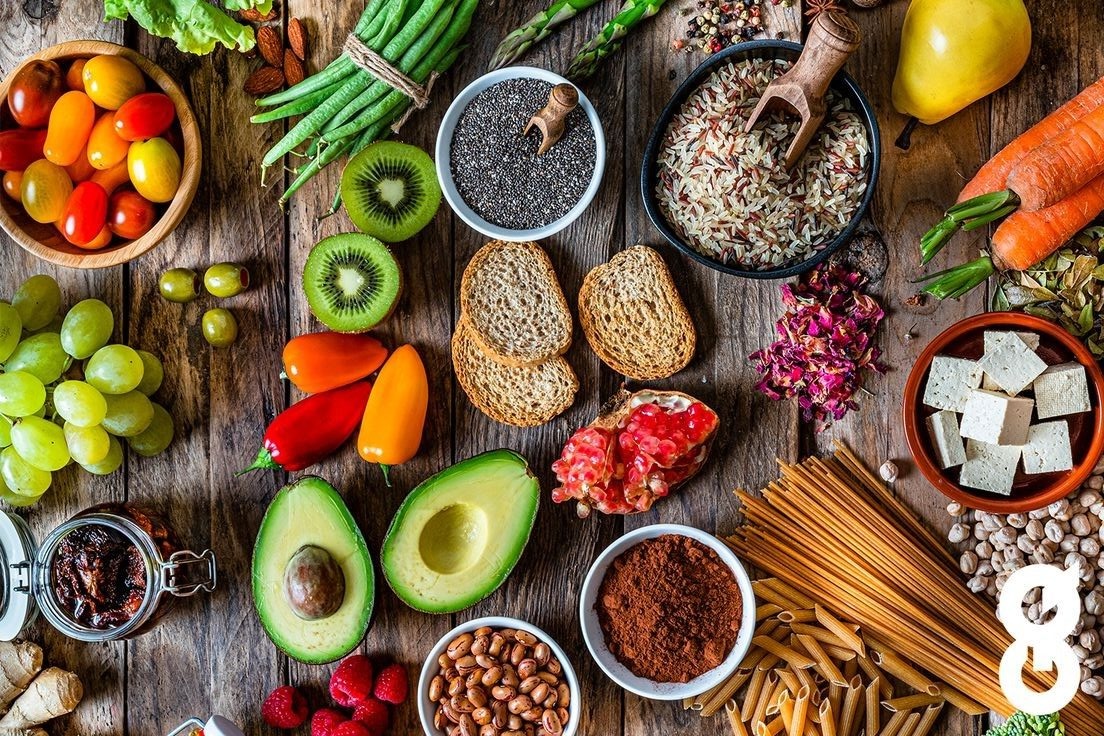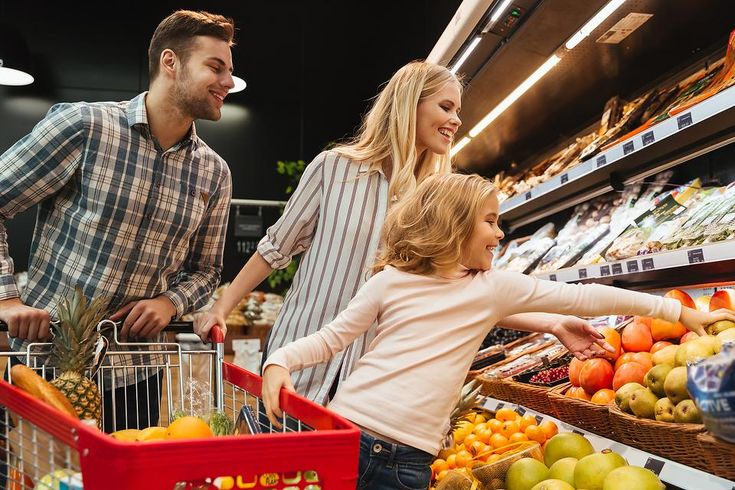Final Reflections and Takeaways
This journey into the world of food and data was more than just a technical exercise—it was a heartfelt exploration into what we eat, how we perceive it, and what it quietly tells us about our lives. From colorful fruits to decadent sweets, every bite carries a story, and through this project, we tried to listen more carefully to those stories. Each step felt like peeling back layers of understanding, from simple calories to the intricate web of sugars, fats, and proteins. Instead of just listing nutrients, we allowed data to breathe and reveal patterns hidden in plain sight. It became clear that food is not just sustenance; it is a mirror reflecting culture, health, and lifestyle choices. And through this lens, every chart, every model, and every prediction became a chapter in a much bigger narrative about our relationship with food.

Understanding what goes into our bodies is essential, yet it often feels clouded by complexity or advertising noise. In a world where choices are endless and labels are confusing, knowledge becomes a superpower. Being able to distinguish between a wholesome apple and a processed snack is no longer just about health—it is about empowerment and control. This project gently uncovered how even foods that look similar can differ profoundly in what they deliver to us. Simple factors like fiber, protein, and sugar content quietly shape our health journeys, influencing energy, focus, and wellbeing every day. Through this work, the importance of being an informed eater stood out more vividly than ever before.
Patterns began to emerge not just in numbers, but in the behaviors and nature of foods themselves. Candy sparkled with sugars and simplicity, while milk, despite its minimal ingredients, stood out as uniquely balanced yet harder to predict. Processed foods, natural foods, and everything in between each carried unique "nutritional fingerprints" that were invisible without careful observation. By analyzing these fingerprints, we weren't just sorting foods; we were learning how our food environment gently nudges us in different directions. The act of learning to recognize these patterns, even without reading every label, became a profound takeaway from this work. Food has its own language—and we are learning, slowly and surely, how to read it.

Technology, often seen as cold or distant, in this project felt like a bridge—connecting our curiosity with meaningful answers. Using models like Support Vector Machines and Random Forests, we weren't just running algorithms; we were creating lenses to see deeper truths. It’s incredible to realize that math, statistics, and patterns could actually teach us about which foods support vitality and which ones silently deplete it. The algorithms didn’t just predict—they told stories, bringing a layer of clarity to a world saturated with choice. With just a few lines of code and a lot of thoughtful preparation, the abstract world of nutrients transformed into something tangible, relatable, and human. Technology here was not an end in itself, but a gentle partner guiding us toward better understanding.
One of the most beautiful surprises in this journey was how even the least expected categories showed depth and nuance. Milk, often overlooked, proved to be resilient, carrying high precision even with fewer examples. Similarly, the battle between sugars and fibers in processed foods became a subtle theme across the models. Every minor misclassification, every unexpected finding, was a window into how complicated and beautiful real-world data can be. It reminded us that while models strive for perfection, life itself thrives in imperfections, gray areas, and unique cases. Far from being flaws, these were signals that nutrition, like life, cannot be compressed into simple labels—it is a living, breathing continuum.

Beyond the classroom or the screen, the impact of projects like this can ripple into everyday life. Imagine grocery stores offering personalized health insights based on models like the ones built here, helping people make not just quicker but wiser decisions. Imagine food manufacturers using such insights to create more balanced, health-forward products. Imagine families, communities, even whole cities rethinking how food choices affect energy, mood, and wellness in everyday living. Projects like this hint at a future where data doesn't alienate—it empowers. And every individual becomes not just a consumer of food, but a conscious architect of their health.
As this chapter closes, the lasting message is not technical, but deeply human: that knowledge brings clarity, and clarity brings choice. In a world of complexity, understanding even a little more about what nourishes us gives us the freedom to choose with confidence. Food, after all, is far more than calories—it is culture, identity, memory, and life. Through this project, the simple act of eating gained a new depth, a sense of wonder, and a renewed respect. With every meal, every bite, and every choice, there lies an opportunity to align health, happiness, and wisdom. And in that journey, both science and soul walk hand in hand toward a better, brighter tomorrow.